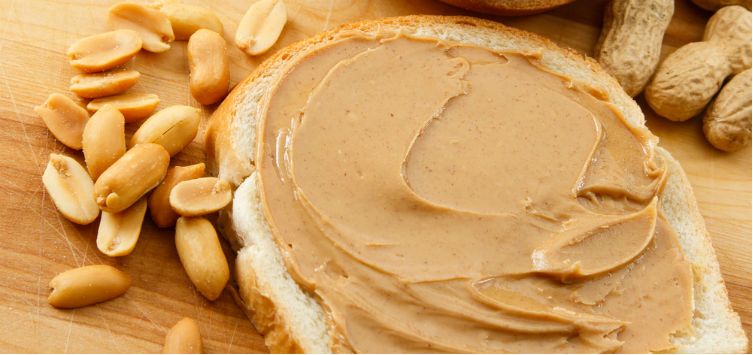Peanut butter has become a staple in many kitchens around the world, loved for its creamy texture, nutty flavor, and versatility. Whether you’re a fan of its classic taste or enjoy experimenting with different flavors, this beloved spread offers a delightful and nutritious addition to your diet. In this post, we’ll delve into the world of peanut butter, exploring its history, nutritional benefits, and the factors that influence its price.
A Brief History of Peanut Butter
The exact origins of peanut butter are somewhat unclear, but it is believed to have been invented in the late 19th century. Early versions were likely quite different from the smooth and creamy peanut butter we know today, often consisting of coarsely ground peanuts mixed with oil.
Over time, peanut butter gained popularity and underwent various improvements in texture and flavor. In the early 20th century, it became a popular food item in the United States, particularly during the Great Depression when it was seen as an affordable and nutritious option.
Nutritional Benefits of Peanut Butter
Peanut butter is packed with essential nutrients that make it a healthy choice for many. Here are some of the key benefits:
- Protein: Peanut butter is a great source of plant-based protein, which is essential for building and repairing tissues.
- Healthy fats: It contains unsaturated fats, including monounsaturated and polyunsaturated fats, which are beneficial for heart health.
- Vitamins and minerals: Peanut butter is a good source of vitamins and minerals, including vitamin E, magnesium, and potassium.
- Fiber: It provides fiber, which aids in digestion and promotes gut health.
Note: While peanut butter offers numerous health benefits, it’s important to choose natural varieties with no added sugars or unhealthy oils. Be mindful of portion sizes to avoid excessive calorie intake.
Factors Affecting Peanut Butter Prices
The price of peanut butter can vary depending on several factors, including:
- Brand: Well-known brands often command higher prices due to their reputation and marketing efforts.
- Type: Natural peanut butter made with only peanuts and salt is generally more expensive than varieties with added sugars, oils, or other ingredients.
- Size: Larger jars of peanut butter may offer a better value per ounce compared to smaller jars.
- Ingredients: Peanut butter made with organic peanuts or other premium ingredients may be more costly.
- Location: Prices can vary depending on your geographic location and local market conditions.
- Economic factors: Fluctuations in the price of peanuts, as well as changes in production costs, can impact the overall price of peanut butter.
Finding the Best Peanut Butter for You
When choosing peanut butter, consider your personal preferences and dietary needs. If you’re looking for a healthy option, opt for natural varieties with no added sugars or unhealthy oils. For a smoother texture, try creamy peanut butter, while crunchy peanut butter offers added texture and bite.
Experiment with different brands and flavors to find your favorite. Some popular peanut butter flavors include:
- Classic: The original taste with a balance of sweetness and saltiness.
- Honey: A sweet and indulgent option with a touch of honey flavor.
- Chocolate: A rich and decadent combination of peanut butter and chocolate.
- Jalapeño: A spicy twist for those who enjoy a little heat.
- Cinnamon: A warm and comforting flavor reminiscent of fall.
Conclusion
Peanut butter is a versatile and nutritious food that can be enjoyed in various ways. Whether you spread it on toast, use it in recipes, or eat it straight from the jar, peanut butter offers a delicious and satisfying treat. By understanding the factors that influence peanut butter price, you can make informed choices and find the best option to suit your taste and budget.
